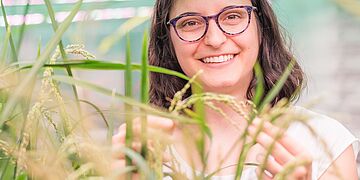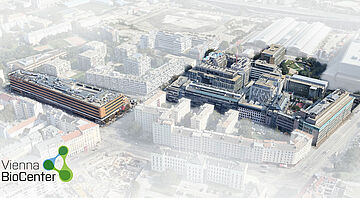If an axolotl loses a limb, cells from near the stump accumulate and form a tissue called the blastema. The blastema can grow back a fully functional limb composed of many different tissues and cell types. Until now, it was unclear how mature tissue produces blastema cells. Two possible models were discussed: either stem cells sit dormant within the connective tissue and wait for when they are needed; or mature connective tissue cells respond to the loss of a limb by “de-differentiating” into limb progenitor cells similar to those in an embryo.
So far, isolating a blastema precursor cell and tracking the fate of its lineage in an adult axolotl was not possible due to the variety of tissues that exist in a limb. Researchers from the lab of Elly Tanaka at the IMP, together with colleagues in Leipzig and Dresden, have now overcome this hurdle. By tracking lineages and characterizing individual cells, they were able to show that connective tissue cells develop stem cell-like properties and underlie the regeneration of legs.
The findings are groundbreaking, not only because they settle a long-standing debate in developmental biology, but also because they are highly relevant to understanding regeneration in other vertebrates, including mammals. There, too, fibroblasts respond to injuries, but rather than forming a limb, they form scars.
Original Publication:
Tobias Gerber, Prayag Murawala, et al. Single-cell transcriptomics uncovers convergence of cell identities during axolotl limb regeneration.
Science, 27 September 2018.
http://science.sciencemag.org/content/early/2018/09/26/science.aaq0681



